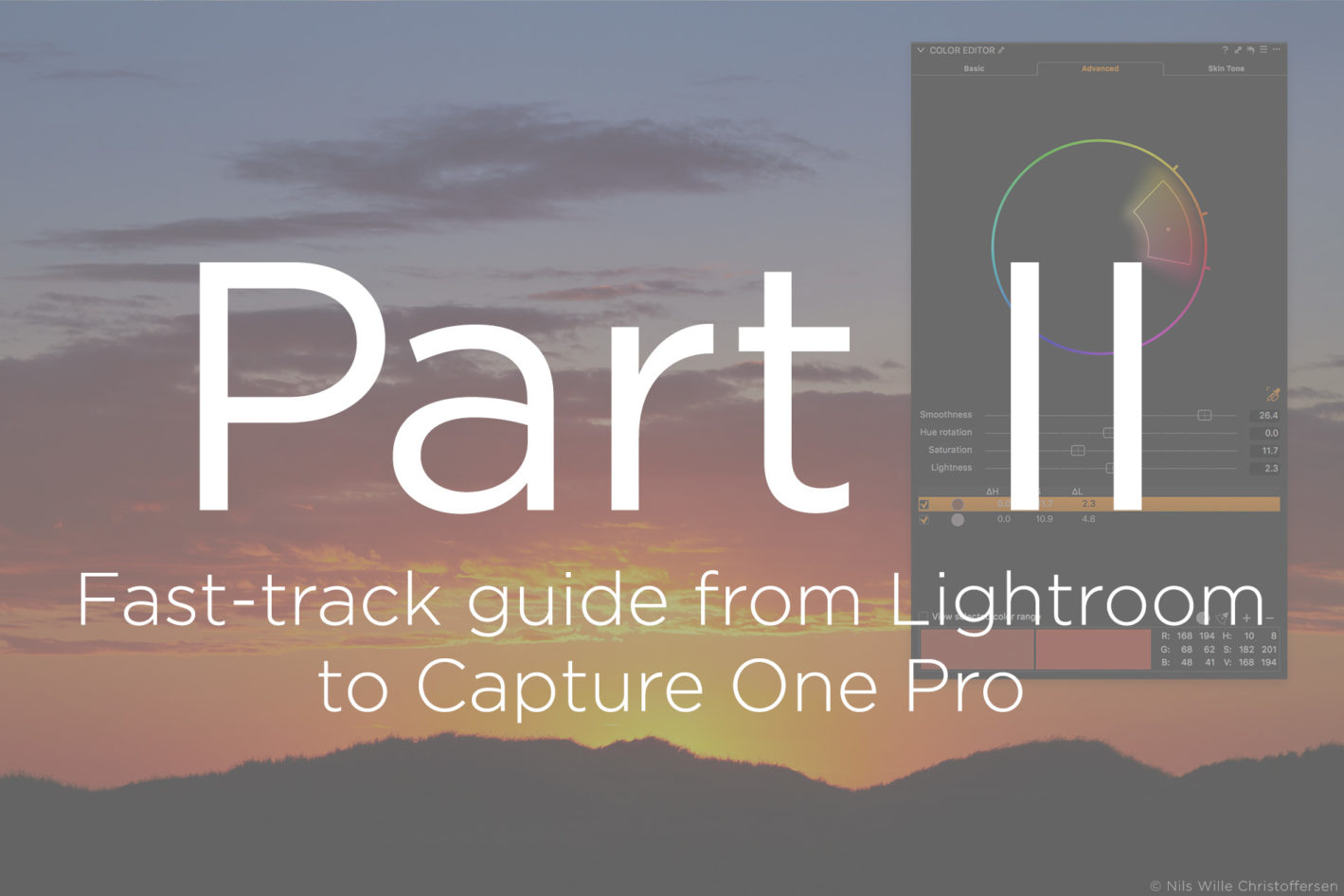PSD files in Capture One – now what?
From version 10.1, Capture One supports reading of PSD files. You have always had the option to export to this widely popular file format, but if you wanted to see your work file inside of Capture One after some external editing, you were required to save your layered file as a TIFF. Those days are gone. Whatever layers you might add on top of your images, Capture One will now recognize and show PSD files as any other supported file type. It is important to mention that processing layered files from Capture One always flattens the image, and the layers in your PSD or TIFF files are not individually visible or editable in Capture One. The files are always treated as non-layered files within Capture One. Now, what does this mean for your workflow? Depending on how you edit your images, this provides two overall game changing additions if you are a regular user of Capture One and Photoshop (or a similar editing software): asset management and full round-trip workflows. 1. Asset Management If you …



